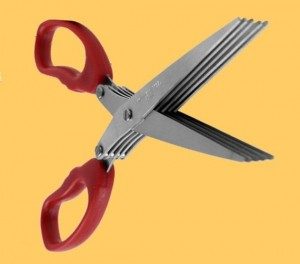You’re busy, constantly on the go. Are you productive or active?
Before you can answer that question, though, you need to assess what you do vs. what you need to do. Here are two examples.
Example 1
The car must be inspected today or you risk getting a ticket. As you walk toward the car in the garage, you see some things out of place so you put them where they belong. Then you notice the car is dirty so you go back inside for the carwash coupon. On the way, you observe the plants are drooping. After rearranging a few, you go back to the garage for the watering can. While passing the family room, you see it’s a mess. You’re having company this weekend so you start to neaten it. Seeing the computer reminds you to write an important e-mail. On your way to find your reading glasses to write the e-mail, you spot your phone and suddenly realize you forgot to schedule a doctor’s appointment. Picking up the phone, you notice the time. You have theater tickets and must leave now to get to the matinee on time!
The answer: Active. The doctor’s appointment wasn’t made, e-mail wasn’t sent, the family room wasn’t neatened, the plants weren’t watered, the car wasn’t washed and it was not inspected!
Example 2
The goal is to finish the report due today. You estimate it will take three hours max. After arriving at work, you respond to the important e-mails and phone calls. Then the e-mail program and phone ringer are turned off so you can concentrate. You finish the report and hand it in. After lunch you complete a few other productive tasks followed by some active ones.
The answer: Productive. The day’s goal, to finish the report, was met.
To increase productivity, here are 8 tips.
1. You will never get everything done that you must do.
2. Once you accept that, you can switch from an active to a productive mindset and choose what to do and not to do.
3. Make a daily list of things to do with two columns: Important and Unimportant.
4. Complete important (productive) tasks first.
5. Complete unimportant (active) tasks next.
6. Getting things done is active — getting the right things done is productive.
7. Getting the right things done at the right time is productive.
8. You probably heard that multitasking is not productive. A 2009 Stanford University study showed that people are just not good at multitasking, If you do two things at the same time, the brain cannot focus well on either activity (if both require concentration). In fact, multitasking has negative effects on your brain and outcomes. To read the short report, click here.
However, if one task requires concentration and one is mindless, then (maybe) multitasking can work. It depends on the tasks. An example is folding clothes while watching TV.
A good book on this topic is Getting Things Done by David Allen.
Use the above tips to get important things done first. I’d love to know how they work for you. Really!
Product of the Month
Shredding Scissors
Good news for people who don’t like using a shredder or have no room for one: shredding scissors! With multiple blades, a credit card or up to four sheets of paper can be cut at the same time. Keep one where you sort mail to instantly “shred” confidential info. Get it at etsy.com for $8.99.
Quote of the Month
Do not confuse motion and progress. A rocking horse keeps moving but does not make any progress. ~Alfred A. Montapert



